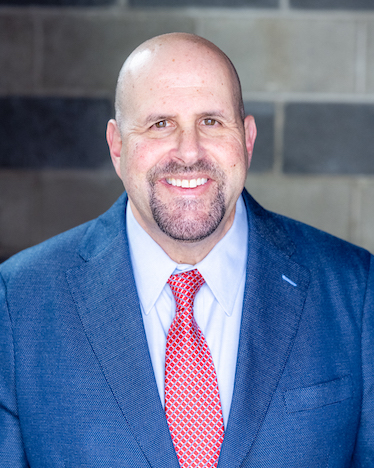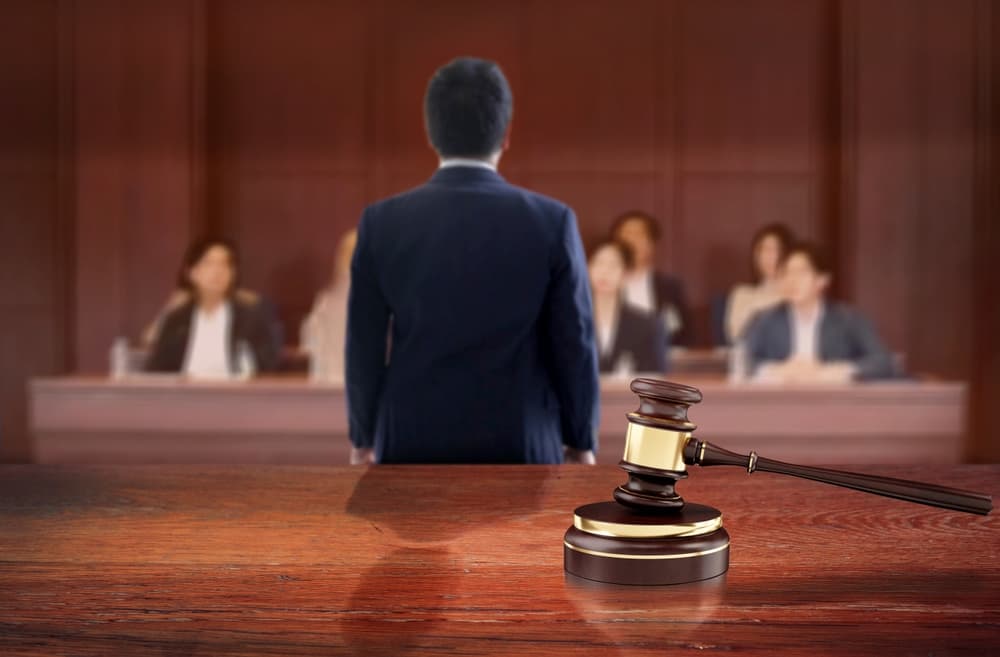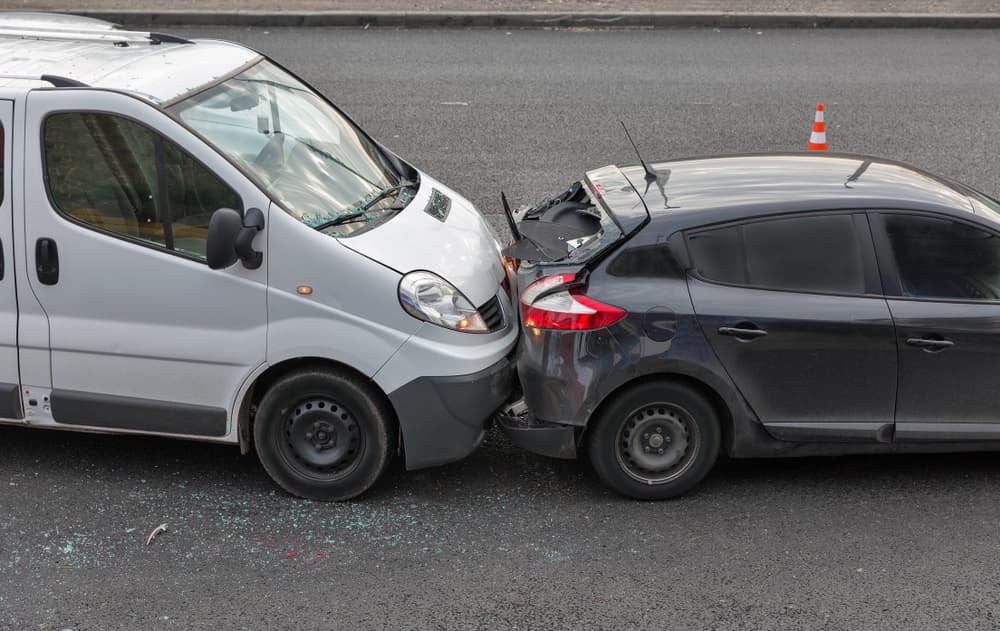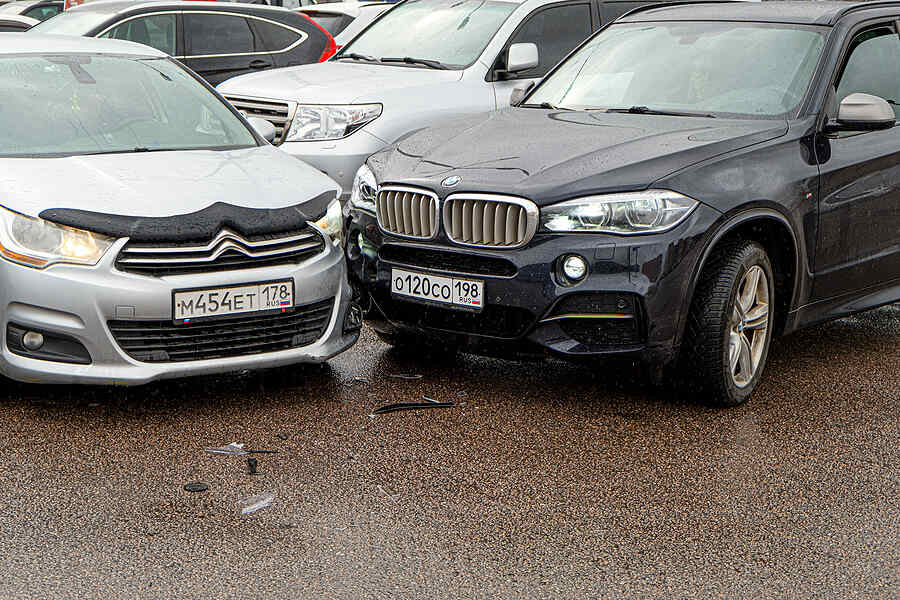Phoenix Car Accident Scenarios, Who’s at Fault?
Car accidents can happen at different places in the Valley metro area. In each place, the nature of the accident can be different. For example, you would not have stop signs or intersection accidents on the highway. You would be more likely to see accidents associated with speeding, following too closely, and illegal lane changes on a highway.
The car that makes the initial contact is not always the one that is responsible for the crash. Blame is only assigned after an investigation establishes the cause of the accident. This is why you need to contact a lawyer right after the crash to protect your legal interests.
Here are some areas where crashes occur in Phoenix and who may be to blame for them.
Urban Roads
Left-Hand Turn Crashes - Phoenix has its share of
busy and dangerous intersections.
Some of the most treacherous intersections in Phoenix include:
- 27th Avenue and Camelback Road
- 67th Avenue and Indian School Road
- 75th Avenue and Indian School Road
- 67th Avenue and McDowell Road
- 51st Avenue and McDowell Road
Either driver can be responsible for a left-hand turn accident. The driver who is making the turn must wait until the path is clear to make their turn. If they are trying to beat the light and get in the way of a car that is already in traffic, they will be to blame. On the other hand, if the driver making the turn has the right of way because of the traffic light, the car that hit them bears responsibility.
Running Red Lights - According to the
American Automobile Association, Arizona has the highest rate of red light running-related accidents in the country. Over ten years, there were over 350 drivers in the state killed in accidents when drivers ran a red light. Half the time, the fatality occurs in the car that they hit. In accidents when drivers run a red light, liability for the crash is usually very clear. It is the driver who broke the traffic law and caused the crash.
Downtown Phoenix
Running Stop Signs - not every intersection in Downtown Phoenix has a traffic signal. Many intersections have stop signs instead. Four-way stop signs are particularly dangerous because the right of way is often unclear. However, some drivers do not even bother to try to figure that out, failing to stop at a stop sign. Statistics show that approximately 70 percent of drivers will consciously run stop signs when no other cars are around. This gets them in the habit of not stopping, even when there are other cars. When a driver runs a stop sign, they will be the one at fault for the car accident.
Nonetheless, you will need evidence to show which driver had the right of way if there was a two or four-way stop sign.
- Distracted Driving - things like texting while driving are a danger everywhere, but they tend to cause even more accidents when there are other drivers in the immediate vicinity. Drivers who are looking down at their phones will miss things like stop signs and traffic lights. They will also not see other motorists stopped in front of them and can be involved in rear-end accidents. Usually, distracted driving manifests itself in the driver’s careless action. Even if you cannot prove that they were looking at their phone, they will have done something negligent to cause the accident.
- T-bone crashes - these are common crashes that often occur when drivers run traffic signals or stop signs. This often happens in more congested urban areas like Downtown Phoenix, where there are plenty of traffic signals and stop signs. One car will hit the other vehicle on the side. If the accident happens on the driver’s side, the motorist may be seriously injured. Blame for this accident depends on who had the right of way because t-bone accidents do not happen unless one driver proceeds when they should not. It is not automatically the car that hits the other that is to blame for the crash. It is the driver who did not have the right of way who is responsible.
- Rideshare Vehicles - while many portray rideshare drivers as the root of all dangers on Phoenix roads, many of them rigorously follow road safety rules. Responsibility for these accidents is determined the same as it is in any car accident. One common scenario is when the rideshare driver reenters traffic without signaling or when another driver has already established themselves in traffic. Illegal turns are common causes of these types of accidents, as rideshare drivers commonly pull over to pick up or drop off passengers. The Uber driver will be to blame for the accident if they failed to follow traffic laws. However, the other driver could be responsible if they were speeding or failed to respect the rideshare driver’s right of way.
Urban Freeways
Phoenix has one of the highest fatality rates on urban freeways in the entire country. It is more than 60 percent higher than the national average.
Surprisingly, many serious accidents happen on Phoenix highways outside of rush hours. I-17 is known as one of the
most deadly roads in the United States.
Drunk driving - this is a common problem on Phoenix highways, especially on nights and weekends. Drunk drivers often do not see highway signs, and they cannot process traffic instructions. In some extreme cases, they may even travel the wrong way on the highway, causing head-on collisions. There are even signs on I-17 that warn drivers about wrong-way driving, in part because of the prevalence of drunk drivers on that road.
Reckless Driving - Phoenix does not have as much highway traffic as other major metropolitan areas. In part, this is because Phoenix is a newer city with wider urban highways. However, the many lanes often give motorists an incentive for reckless driving since they dangerously weave in and out of traffic. Drivers can sideswipe other cars or run them off the road when they enter the motorist’s space.
Rear-End Crashes on Highways - some distracted or speeding drivers do not allow for a safe following distance from the car in front of them. When that car slows down, they will hit the vehicle from the rear. This can cause serious head and neck injuries. When there is a rear-end car crash, there is a presumption that the tailing car is to blame for the accident unless there is strong evidence to the contrary.
Commercial Vehicle Accidents - truck drivers are not automatically to blame for all accidents in which they are involved. However, the fact that the truck is so large and difficult for the driver to control the vehicle means that the truck driver may be responsible for the accident more often than the other driver.
Truck drivers can cause an accident by:
- Misjudging a corner on a turn
- Changing lanes and hitting a car in their blindspot
- Not allowing enough room to bring the truck to a stop (fully loaded 18-wheelers can take hundreds of feet to stop)
- Speeding to try to make up time or maximize their allowable shift
Determining the cause of truck accidents often takes an extensive amount of investigation. For this reason, it’s in your best interest to retain a lawyer as soon as you can after a crash.
Speeding - Except for the height of rush hour, cars can usually move freely on Phoenix highways.
Speeding causes rear-end crashes and incidents where drivers lose control of their cars. Speeding does not always mean traveling far more than the speed limit. It means that the driver was going too fast for the conditions. This is important because accidents can happen in rare Phoenix rainstorms because they tend to be short and intense.
Law enforcement may issue a ticket after the fact when they come to issue a police report. If a driver is guilty of speeding, or if witness testimony establishes that they were traveling unreasonably fast, they will be liable for the crash because that is acting unreasonably under the circumstances.
Parking Lots
Backing Out Accidents - Drivers must pay close attention when they are backing out of a parking space. Other drivers passing by (or pedestrians) have the right of way when they are already in traffic. The same goes when a driver is pulling out of a parking space in the city. They must signal and wait until it is safe to pull into traffic. The driver who is backing out or exiting a parking space will be responsible when they pull into the path of an oncoming car. The result may be different when two drivers back up at the same time and hit each other. Then, both may be equally to blame for the accident.
Knowing Whom to Blame for the Accident
Of course, we presented the above scenarios as established facts in terms of liability. This is not always the case with every car accident. Many crashes will require extensive investigation after the fact to discover what happened. Even though you have your story, the other driver may be telling a different tale. It is up to you to come up with the evidence that you need to prove your side of the story.
Doing so is not always easy for a car accident victim who is already dealing with serious injuries. They do not have the time or ability to investigate their car crash, especially when they are physically hurt. Further, the evidence they need to establish liability may be lost or destroyed. For this reason, you need to call a lawyer right after your accident. They will get right to work, and you can leave the details to them. Your lawyer can help establish who was at fault for the accident and present your case to the insurance company.
Attorneys can use a legal process known as
discovery to compel the production of evidence in preparation for a case.
Some examples of evidence your lawyer may seek while investigating your case include:
- Surveillance footage that may have captured the accident
- Onboard vehicle computer data
- The other driver’s medical records
- Cell phone records
In addition to collecting evidence that may help prove your case, your lawyer may also seek information from the other party through the use of interrogatories or depositions. Furthermore, your lawyer may seek the opinions of experts such as accident reconstructionists. The more evidence you have, the stronger your case - and the more likely it is that you will obtain a fair settlement from the other driver’s insurance company.
Why You Need a Lawyer After a Phoenix Car Accident
The fact that so much is at stake is why you should always see a
lawyer after a Phoenix car accident, no matter what happened. Your lawyer could investigate the accident and help you pursue a claim if the other driver was even partially to blame. You should never make any assumptions about the cause of an accident until you have had a lawyer investigate. Do not be quick to take the blame for a crash. In fact, never take responsibility at all because that can hurt you during the claims process.
Furthermore, you should retain a lawyer after an accident
even if the other driver’s insurance company accepts liability. An attorney can ensure that you get the compensation you deserve.
There are many reasons to
hire an attorney after your car accident. The primary one is that you need someone to look after your interests when others are out to harm them to put a few extra coins in their pocket. You need a legal team with a long track record of fighting for their clients to the fullest extent possible under the law.
The insurance company that you deal with handles claims just like yours every day and will do everything it can to settle your case for less than you deserve.
David Abels
Partner
David Abels has carved a niche for himself in the personal injury law sector, dedicating a substantial part of his career since 1997 to representing victims of various accidents. With a law practice that spans over two decades, his expertise has been consistently recognized within the legal community.
Author's Bio



